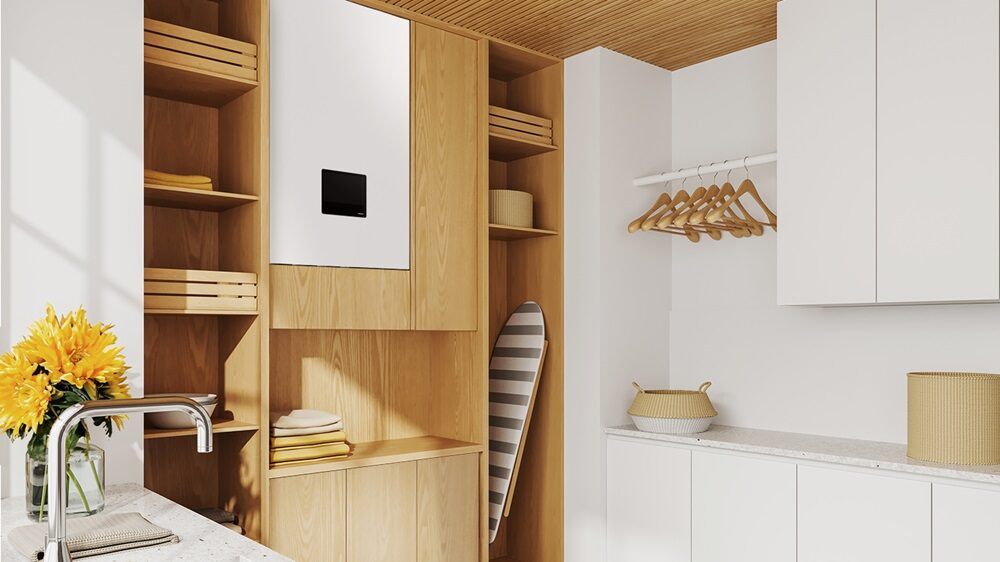A group of researchers led by the University of Exeter in the United Kingdom has conceived new design parameters for photovoltaic-thermal (PVT) air collectors by taking into account the effect of modifying the duct depth and velocity.
Air-type PVT collectors utilize air as a transfer medium to take heat from the backside of the PV panel unit. Compared to water-based PVT collectors, these devices are cheaper to produce and maintain and can be theoretically used in any climate. Their performance, however, depends on design elements such as PV module technology, internal structures in the heat collecting space or the shape of the air pathway, among others.
The scientists explained that duct depth has a significant effect on the performance of PVT air collectors as it directly influences air flow behavior. “As the depth of the duct increases, the temperature of the PV cells increases,” they stated. “The depth of the duct has a negative relationship with the duct velocity. Due to this, the heat transfer coefficient depreciates, leading to limited heat extraction from the PV cells.”
Using Computational Fluid Dynamics (CFD) methods, the research group investigated the performance of an air-based PVT system, including two 75 W PV modules with an air duct with a depth of 0.05 m, and compared it with that of a reference system without the air duct.
“The PV module consists of 5 layers including a glass bottom/tedlar, two EVA layers, PV cell layer and a glass cover,” the academics said, noting that each module contains 36 solar cells. “The glass cover has a transmissivity of 0.95, maximizing the amount of solar radiation that can pass through it to reach the PV cells, while also providing some protection to the panel.”
Through their analysis, the researchers found that the air duct “greatly” lowers the PV panel temperature, specifically the temperature of the PV module without the duct was 77.9 C, whereas the panel with the duct was just 53.3 C. “The air flowing underneath the panels extracts the heat generated by the cells,” they explained. “This led to a 13.67 % increase in electrical efficiency, emphasizing the impact of the air duct.”
The new design methodology was described in the study “Performance evaluation of a solar photovoltaic-thermal (PV/T) air collector system,” published in Energy Conversion and Management: X. “This work has provided high quality simulation results to develop design parameters and improve efficiency, as this was identified as a gap in the literature initially,” the scientists said.
The research group also included researchers from the Technical University of Liberec in the Czech Republic.
This content is protected by copyright and may not be reused. If you want to cooperate with us and would like to reuse some of our content, please contact: editors@pv-magazine.com.




By submitting this form you agree to pv magazine using your data for the purposes of publishing your comment.
Your personal data will only be disclosed or otherwise transmitted to third parties for the purposes of spam filtering or if this is necessary for technical maintenance of the website. Any other transfer to third parties will not take place unless this is justified on the basis of applicable data protection regulations or if pv magazine is legally obliged to do so.
You may revoke this consent at any time with effect for the future, in which case your personal data will be deleted immediately. Otherwise, your data will be deleted if pv magazine has processed your request or the purpose of data storage is fulfilled.
Further information on data privacy can be found in our Data Protection Policy.